From Evaluation to Implementation: The Process of Fall Protection Systems
The first step in the process of getting fall protection systems is recognizing why they are essential. Industries such as construction, warehousing, and manufacturing often require employees to work at significant heights. Without proper safeguards, workers face unnecessary risks. According to EHS Today, a study from the Center for Construction Research & Training (CPWR) revealed that employees were eight times more likely to use fall protection equipment if they believed their company required it. This fact shows how critical clear expectations are when beginning the process.
Evaluating Workplace Risks and Requirements
Once the need is clear, the next stage is assessing the specific risks in the workplace. Every job site presents unique challenges, so it’s important to evaluate areas where employees are most at risk of falling. During this phase, companies should also review industry regulations to ensure that their fall protection systems meet compliance standards. By doing so, businesses protect their employees while avoiding costly fines and penalties.
Choosing the Right Fall Protection Systems
After assessing risks, companies can determine which fall protection systems are most effective for their operations. Options may include guardrails, safety nets, harnesses, and other specialized equipment. The decision should reflect not only regulatory requirements but also the specific tasks performed by employees. Selecting the right systems demonstrates a commitment to safety while reducing the chances of workplace accidents and downtime caused by injuries.
Implementing and Maintaining Safety Systems
The final step is installing and maintaining fall protection systems across the workplace. Implementation should include clear communication and training so employees understand how to use the equipment properly. A strong safety program reinforces company policies and ensures long-term effectiveness. When employees feel secure, morale improves, and productivity increases, making the investment in these systems valuable to the entire organization.
Getting fall protection systems is more than just a safety requirement—it’s a step-by-step process that starts with understanding the need, assessing risks, choosing the right equipment, and ensuring proper implementation. Each phase builds upon the last, creating a reliable framework that safeguards employees from preventable accidents. By taking this structured approach, businesses not only reduce the risk of injuries and fatalities but also strengthen compliance with industry regulations and avoid unnecessary financial setbacks.
By following the full process, evaluating hazards, selecting the right systems, training employees, and maintaining equipment, organizations create a lasting culture of safety. This culture not only benefits employees but also enhances the overall success and reputation of the company.
Partner with Northland Safety Solutions LLC today. Begin the process of securing the right fall protection systems, protect your team, and take a decisive step toward building a safer, stronger workplace.
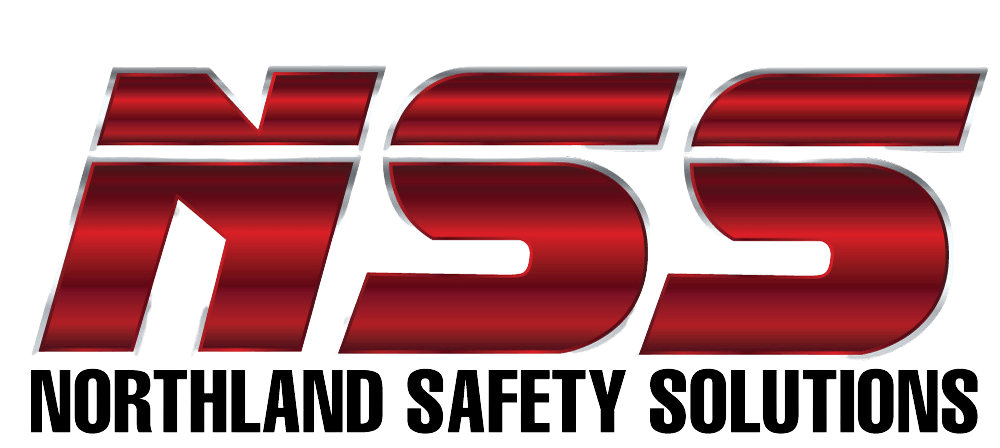
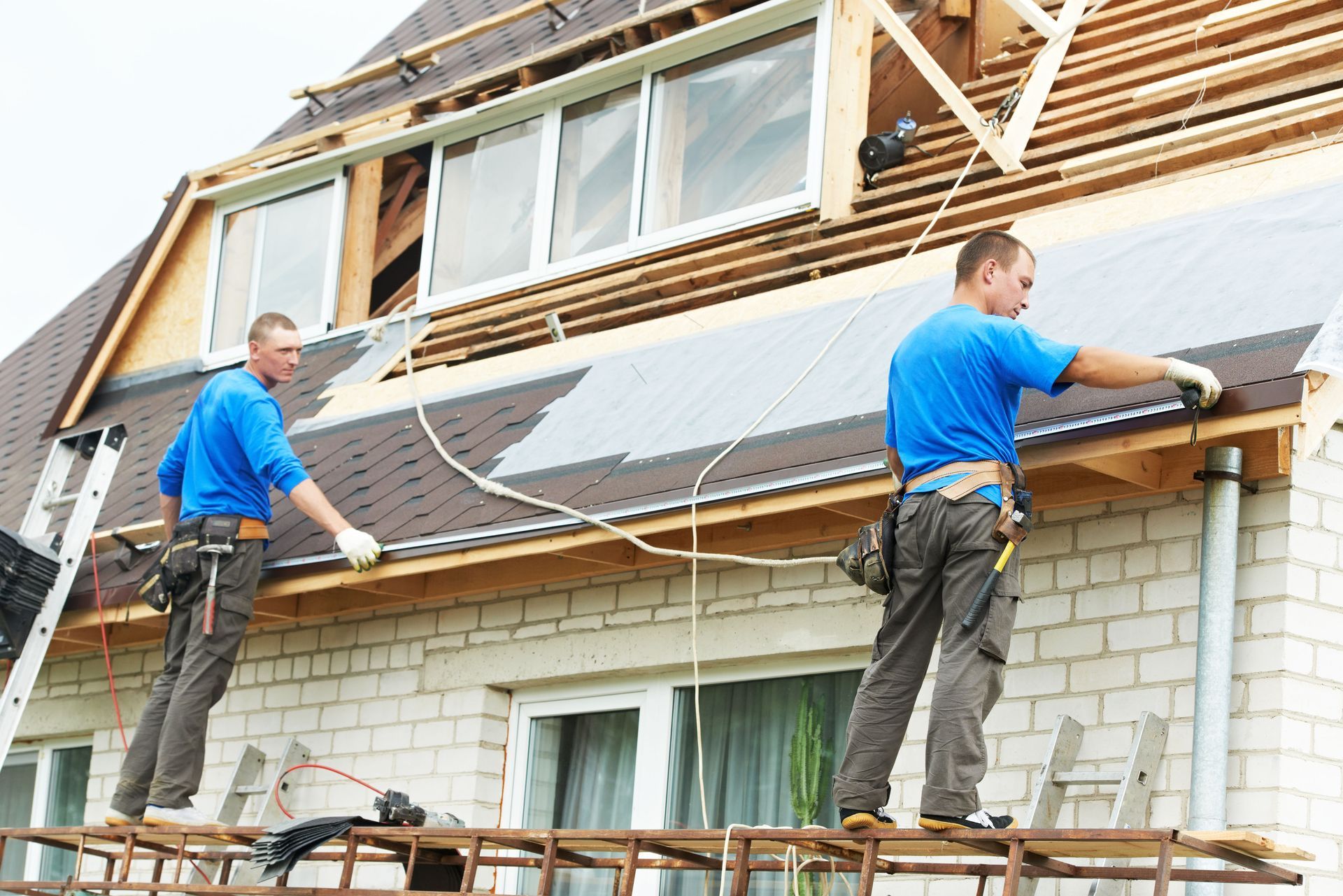
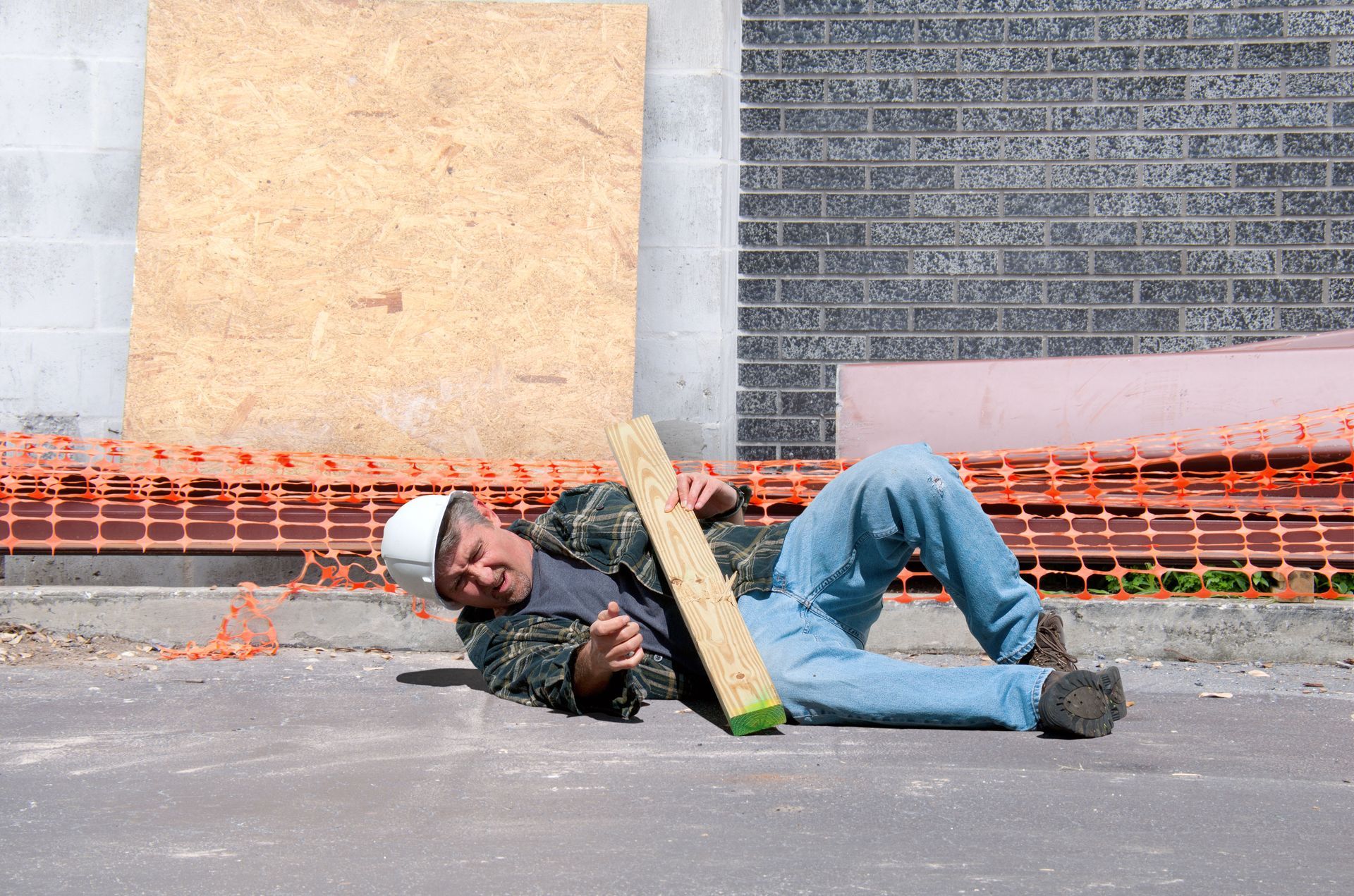
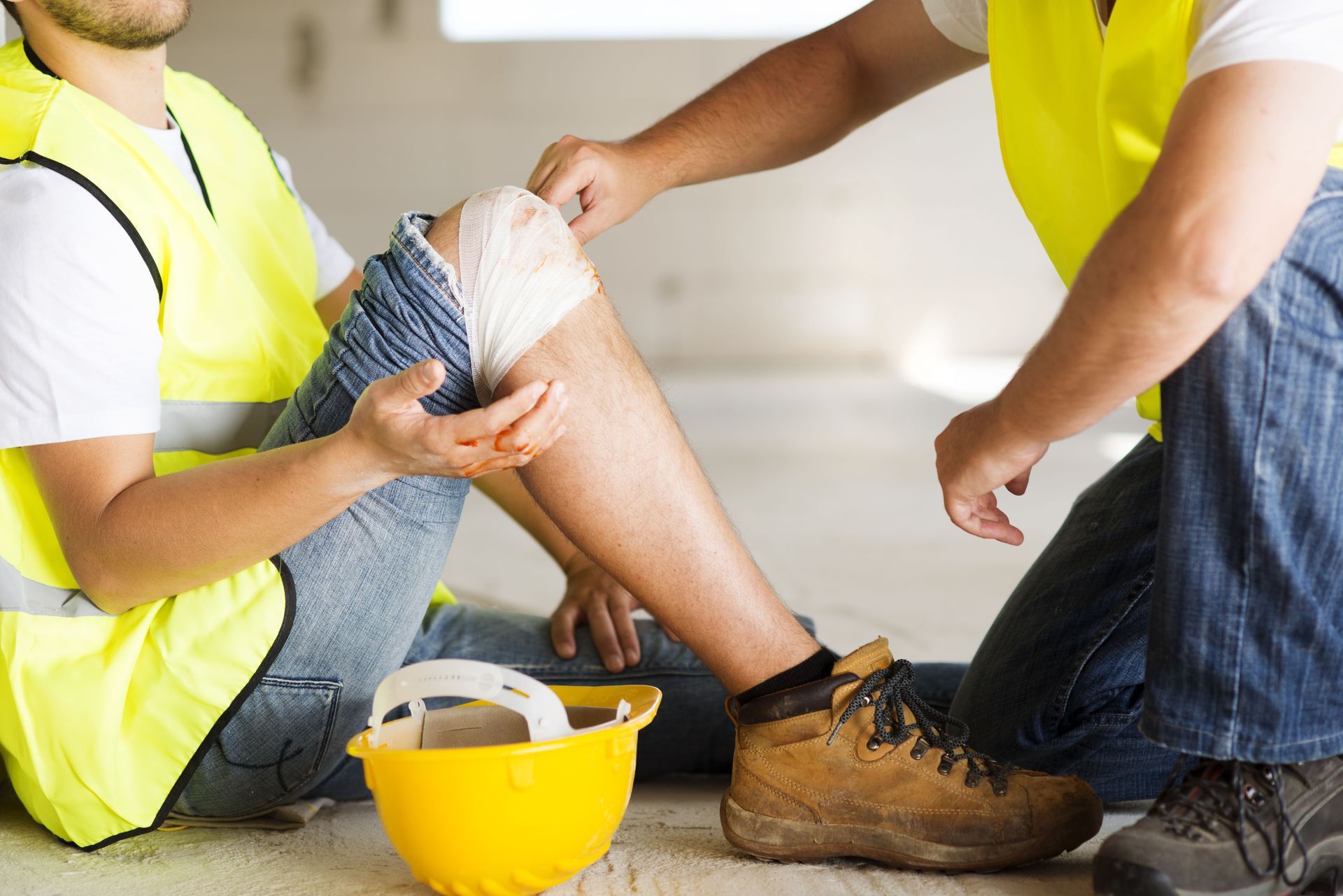
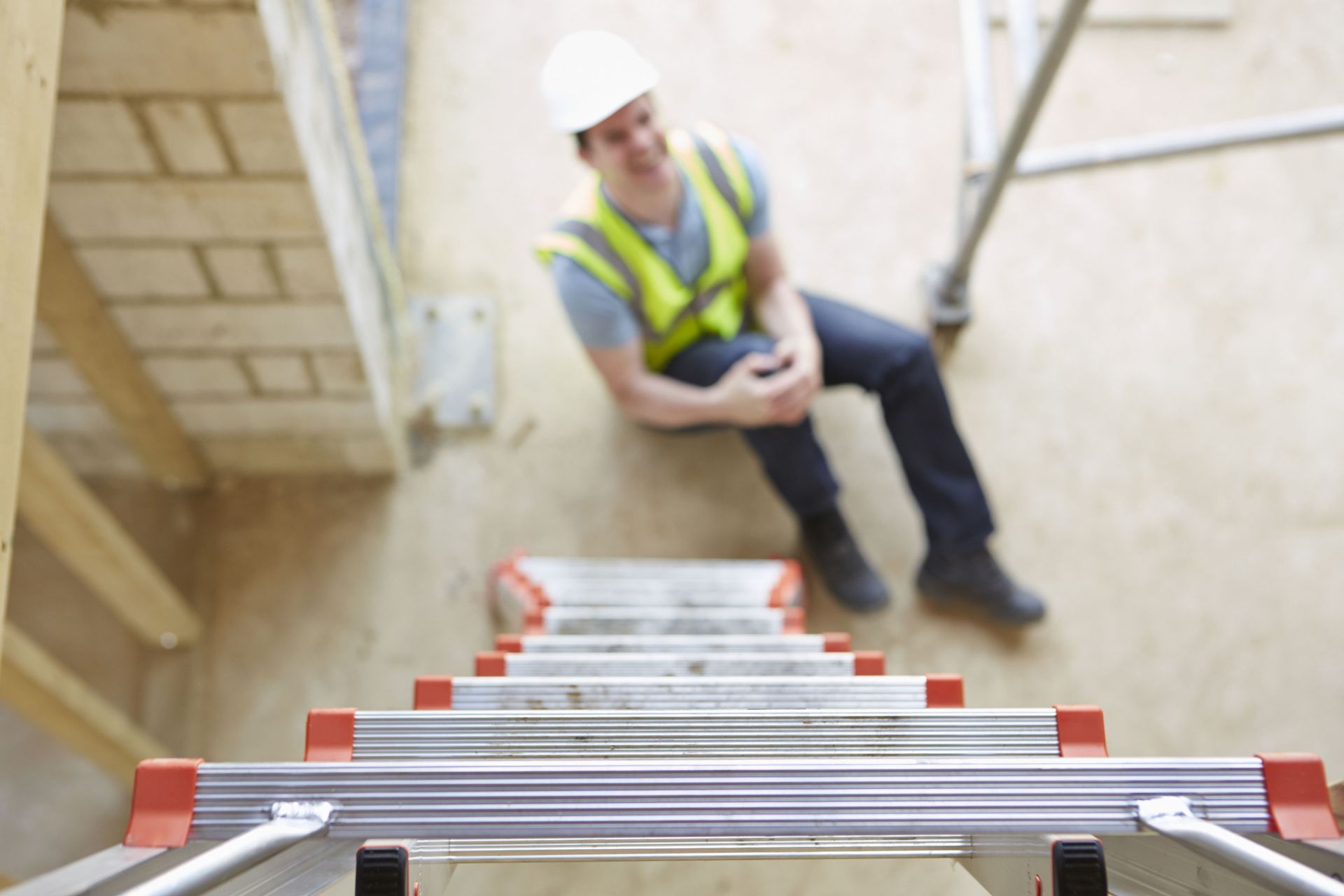
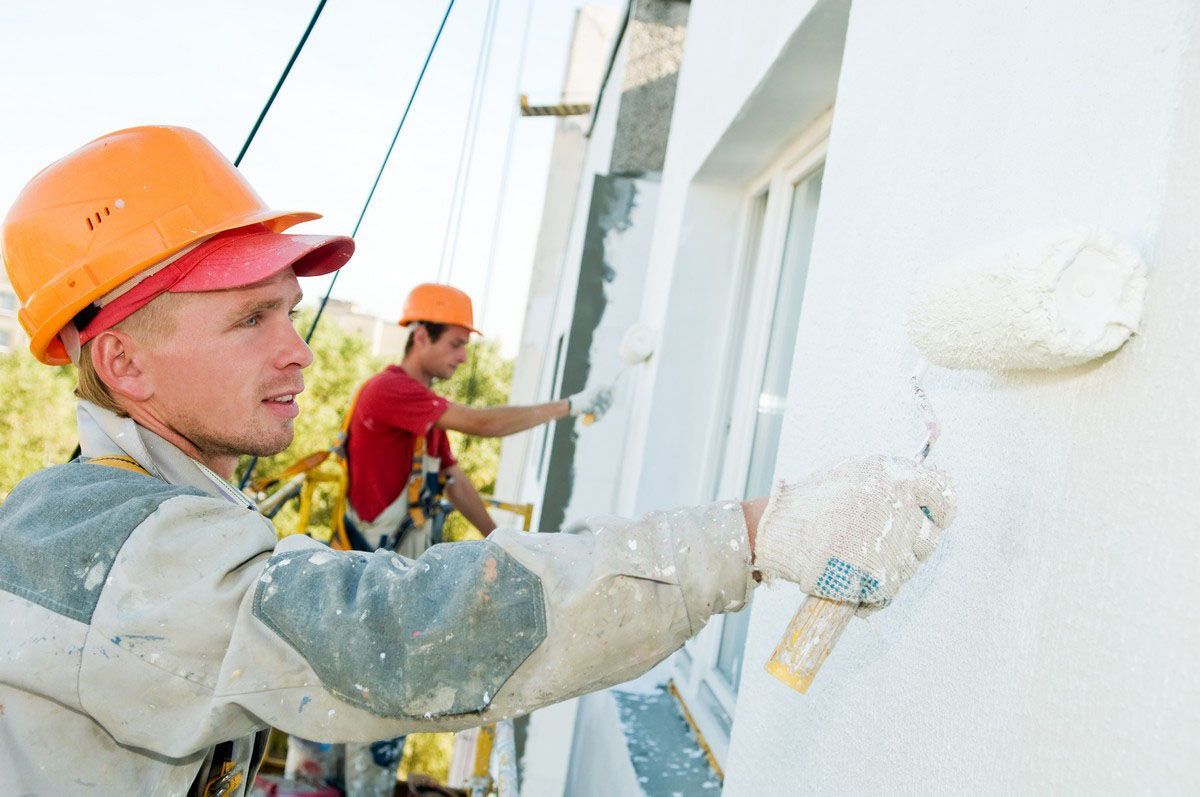
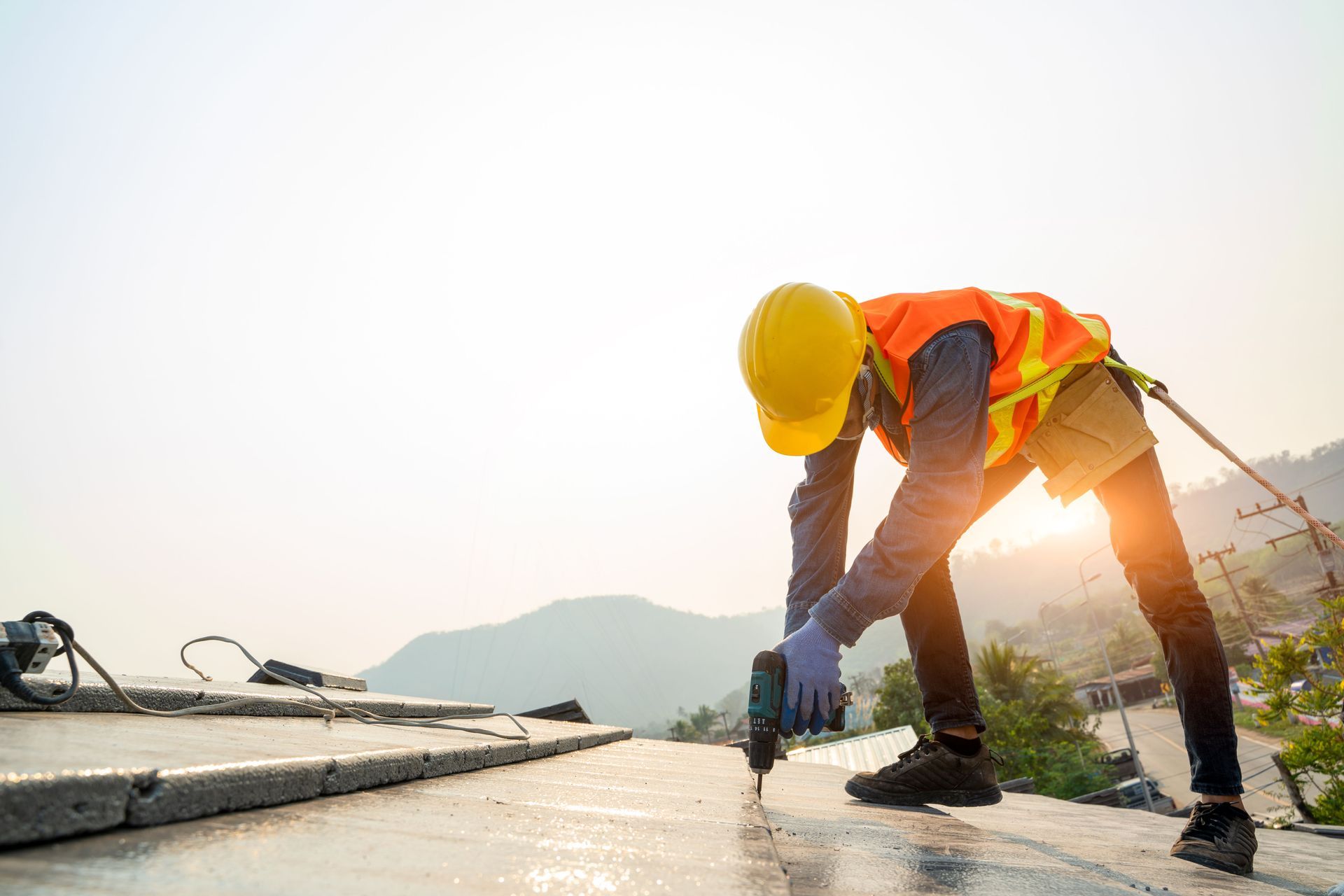
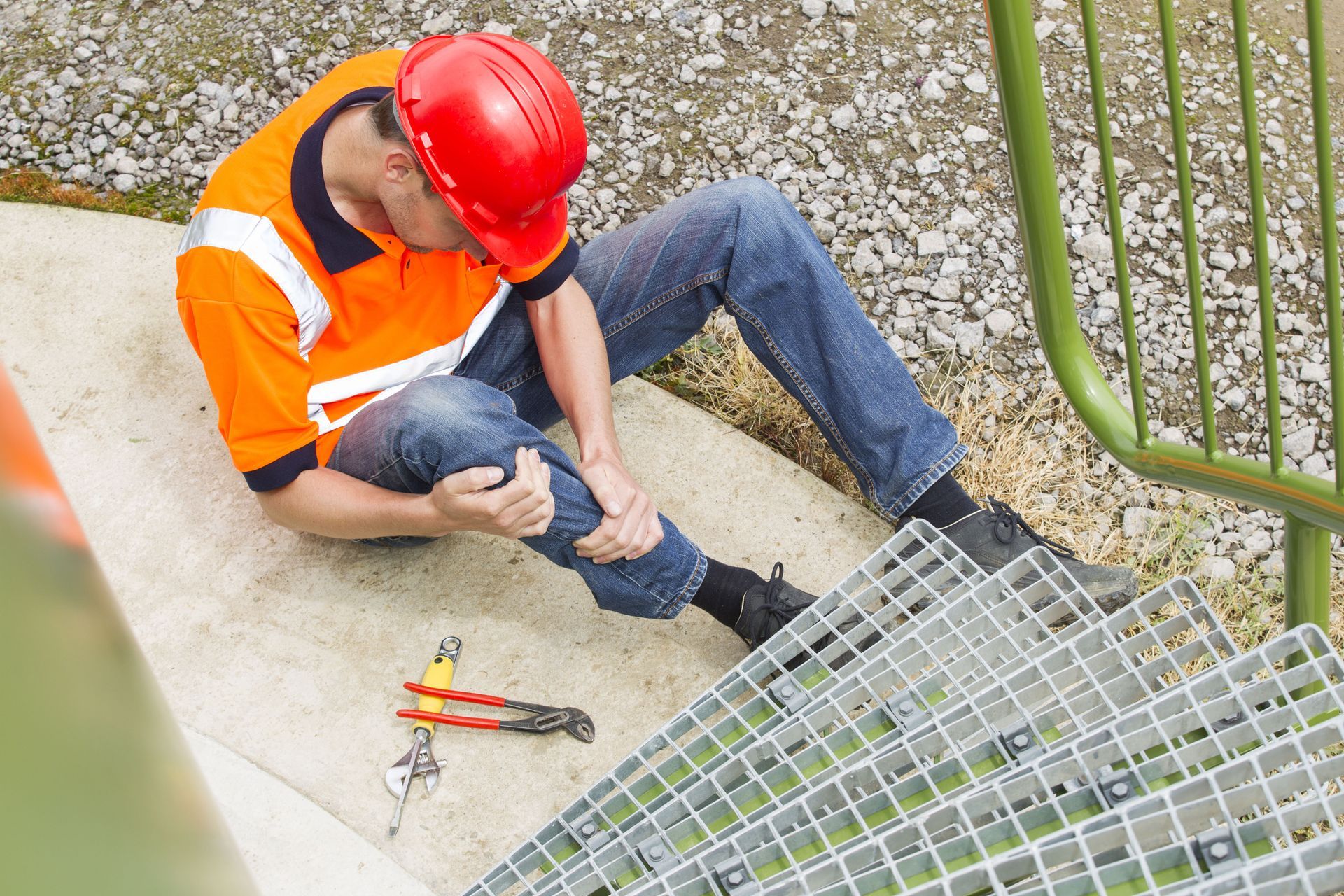
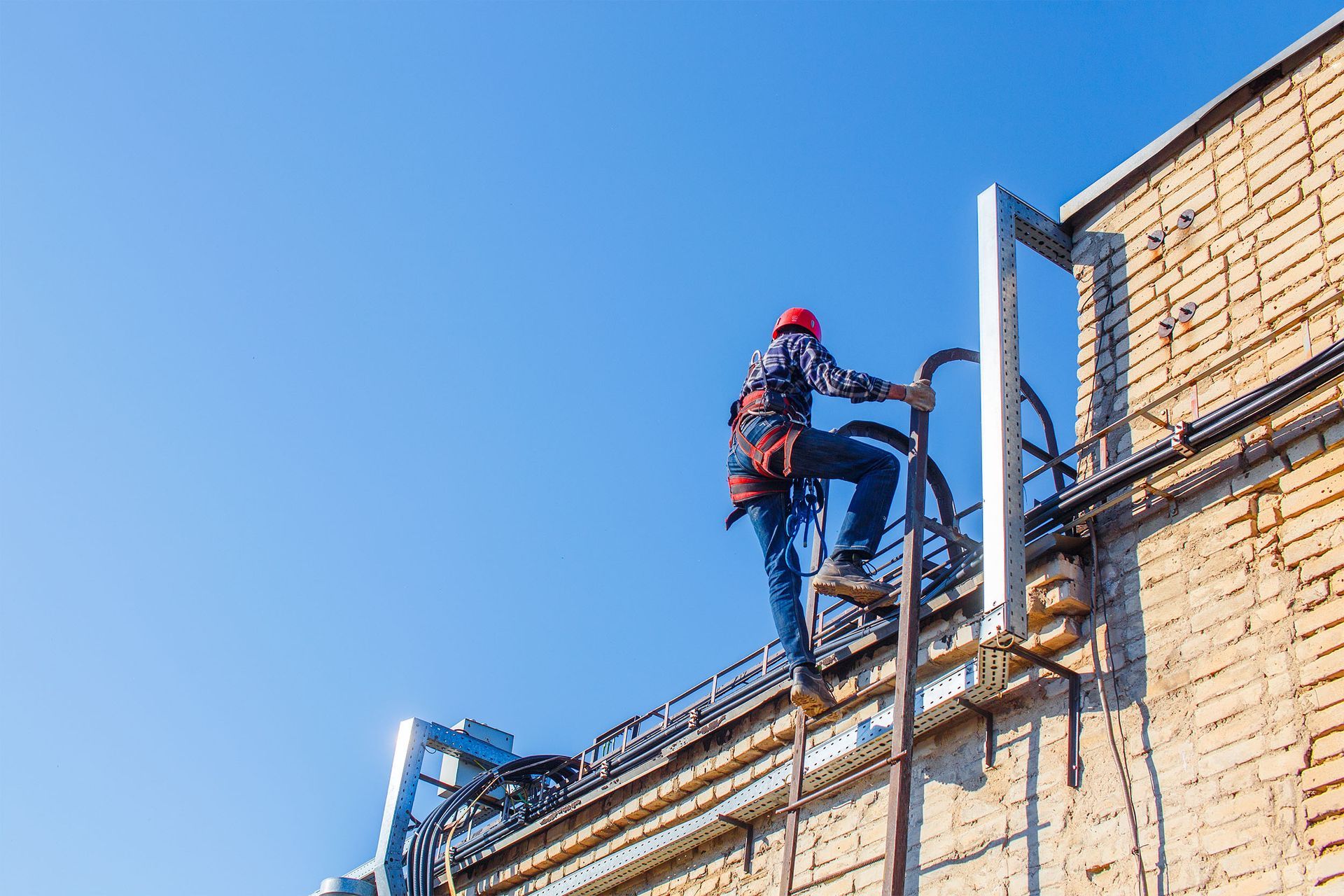
Share On: